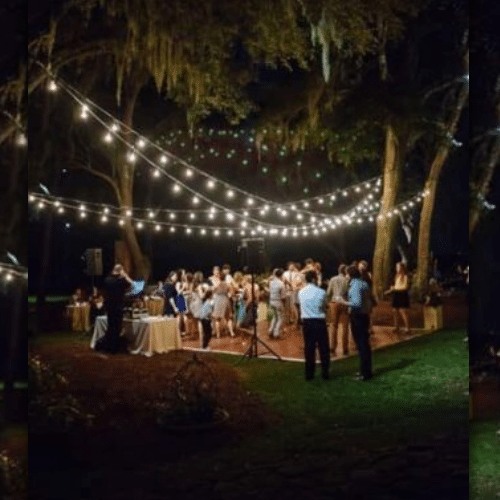Movement floors have developed significantly over the years, becoming increasingly than just a space to dance to music. Today, they are converted into breathtaking visual experiences through the use of multiple substances and techniques. These substances not only enhance the aesthetic appeal of the space but also enhance the complete experience for dancers and audiences alike. Comprehending the versatile substances that contribute to these dynamic settings can offer understanding into the art of dance floor creation.
One of the primary common materials used in contemporary dance floors is light-emitting diode lighting. LED lamps are power-saving and can generate a broad range of hues and impacts. They can be embedded in the floor itself or used as part of a illumination setup above the dance floor. This technology allows for coordinated light displays that can change in response to the music, creating an immersive encounter. The capability to configure these lights means that they can be tailored to fit different themes or moods, making each event unique.

Another important substance is reflective materials, such as mirrors or shiny tiles. These surfaces can create an deception of space and depth, making the dance floor appear larger than it is. When performers dance, their reflections can add an additional layer of aesthetic interest, enhancing the complete show. Additionally, mirror-like materials can interact with lighting impacts, amplifying the colors and designs displayed on the floor. This click this site combination of illumination and mirroring can enthrall spectators and elevate the vitality of the event.
In furthermore to lighting and mirror-like materials, the use of electronic screens has become progressively popular in dance floor creation. These screens can show lively images, animations, or even live feeds of the show. By integrating digital innovation, occasion organizers can create a comprehensive experience that engages both the performers and the audience. The capability to change images in actual time allows for a fluid atmosphere that can adjust to the beat and energy of the melodies, making each instance feel fresh and exciting.
Additionally, the selection of surface material itself plays a key role in the complete experience. Traditional wooden dance floors are still preferred for their durability and functional qualities. However, more modern materials like synthetic and elastic are gaining favor due to their flexibility and ease of maintenance. These materials can provide better impact absorption, reducing the chance of harm for dancers. Additionally, they can be designed with multiple textures and colors, allowing for artistic expression in the dance floor's appearance.
In summary, the evolution of dance floors into stunning visual encounters relies on a mix of creative materials and technologies. LED illumination, mirror-like materials, digital screens, and specialized flooring materials all add to creating an captivating setting for dancers and audiences. As technology continues to progress, the possibilities for enhancing dance floor design will only grow, making upcoming events even more captivating and unforgettable. Comprehending these substances helps appreciate the artistry involved in creating environments where dance and music come together in unison.
Comments on “Investigating the Diverse Materials That Convert Dance Floors into Breathtaking Visual Displays”